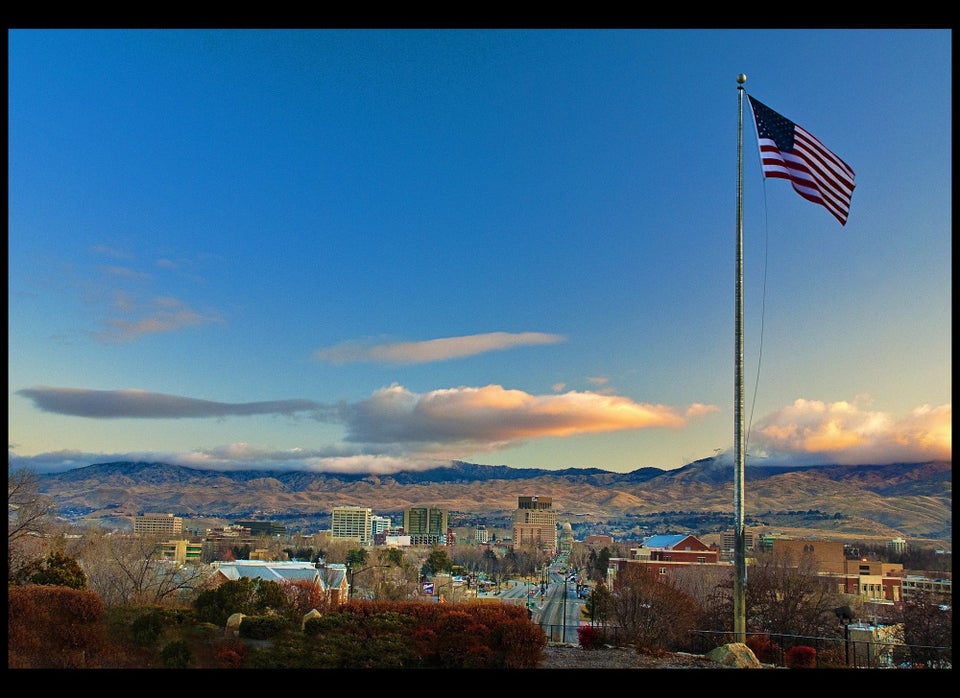Lawmakers from across the country are in a perennial tug-of-war over the best ways to make college affordable and to find solutions to the student debt crisis, and so are several presidential hopefuls.
Hillary Clinton recently disclosed her college affordability plan, which would cost $350 billion over 10 years. Called "The New College Compact," Clinton promises to "tackle the cost of college, making low interest grants and loans more available and ensure the federal government 'will never again profit off student loans for college students,'" according to a CNN report.
Meanwhile, many parents, still feeling squeezed by the "Great Recession" and wage and compensation stagnation, are worried about how they'll pay for their children's college tuition. According to Gallup's 2001-2015 Economy and Personal Finance survey, Americans' top financial concern is paying for their children's education.
Mind you, many families are doing what they can to help pay for college, although their contribution has increasingly fallen. The average parent contribution has dropped by 35 percent from 2010 to 2012. Many students are doing what they can by relying on federal aid. The end result: mounting student loan debt topping $1.2 trillion in 2014, according to a CNBC report.
So, how much does college really cost? Why are college costs so high? What can be done to tame the problem? You may be surprised by the answers.
How Much Does College Cost?
Education Inflation.
Tuitions are rising faster than other household expenditures. According to Bloomberg Business, tuition fees have skyrocketed by 538 percent since 1985, whereas medical costs increased by 286 percent and the consumer price index (CPI) rose by 121 percent over the same period.
Sticker Price.
The National Center for Education Statistics (NCES) reported that, in annual current dollars, the average cost of a college education for full-time undergraduates, including tuition, fees, room, and board, were estimated to be $15,022 at public institutions, $39,173 at private nonprofit institutions, and $23,158 at private for-profit institutions for the 2012-13 academic year. During 2001-03 and 2012-13, these costs grew by 39 percent at public institutions, while private nonprofit institutions witnessed a 27 percent increase, adjusted for inflation.
Hidden Costs.
Adding to students' tuition woes is the high price of textbooks, which can easily outstrip the cost of a typical course offered at a community college! Textbook prices have grown at nearly the same rate as tuition costs over the past decade, according to U.S. News & World Report.
Why Does College Cost So Much?
Excess Demand.
According to an article entitled "Understanding the Rising Costs of Higher Education," the rising price of a college education is due to "artificially inflated demand" outpacing supply. The belief that getting a higher education and getting a student loan to pay for it has led to a glut of college applicants and not enough spots for everyone.
In the wake of World War II, the government supported colleges' expansion efforts to meet increasing demand. New buildings went up, new programs were created, and new talent was recruited. Over the last few decades, government aid has fallen, while demand has continued unabated.
Higher Education Subsidies.
We frequently hear about a shortage in state educational investment. Overall, however, public investment in higher education has actually grown in terms of inflation-adjusted dollars and not decreased, according to The New York Times.
So, wouldn't it stand to reason that increased education spending would mean an easing of tuitions? Not in this instance. Increased spending has led to a dramatic rise in the number of Americans who go to college. College enrollment has increased by nearly 50 percent since 1995.
Faculty Salaries.
Many people believe that full-time faculty salaries are the chief culprit, but not according to the data. On average, teaching salaries have barely inched higher than what they were in 1970, according to The New York Times.
Today, a growing share of part-time faculty are teaching courses (50 percent), as compared to 45 years ago when a majority of full-timers (78 percent) did the teaching. Adjunct faculty usually get paid far less than full-time professors. As a result, the average salaries of these educators are significantly lower than they were in 1970.
Overhead.
Facilities and administrative (F & A) costs, including research facilities, utilities, administrative salaries, and general office expenses, at public universities continue to escalate over time. Total university expenses rose 35 percent between 1993 and 2007, while administration costs jumped 61 percent, according to a Forbes article.
What's the Tuition Solution?
In January 2015, President Obama unveiled the America's College Promise proposal, which would "make two years of community college free for responsible students," according to a White House press release. This proposal falls in line with Tennessee Promise, which offers a two-year free ride at a community college or technical school to high school graduates.
Tuition-free college isn't a new idea. In 1947, President Harry S. Truman appointed the President's Commission on Higher Education responsible for evaluating higher education in light of its objectives, processes, amenities, and the role it plays in society. The Commission recommended "the extension of free public education through the first two years of college for all youth who can profit from such education." Perhaps a utilitarian approach whose time has come?
Earlier on Huff/Post50:

